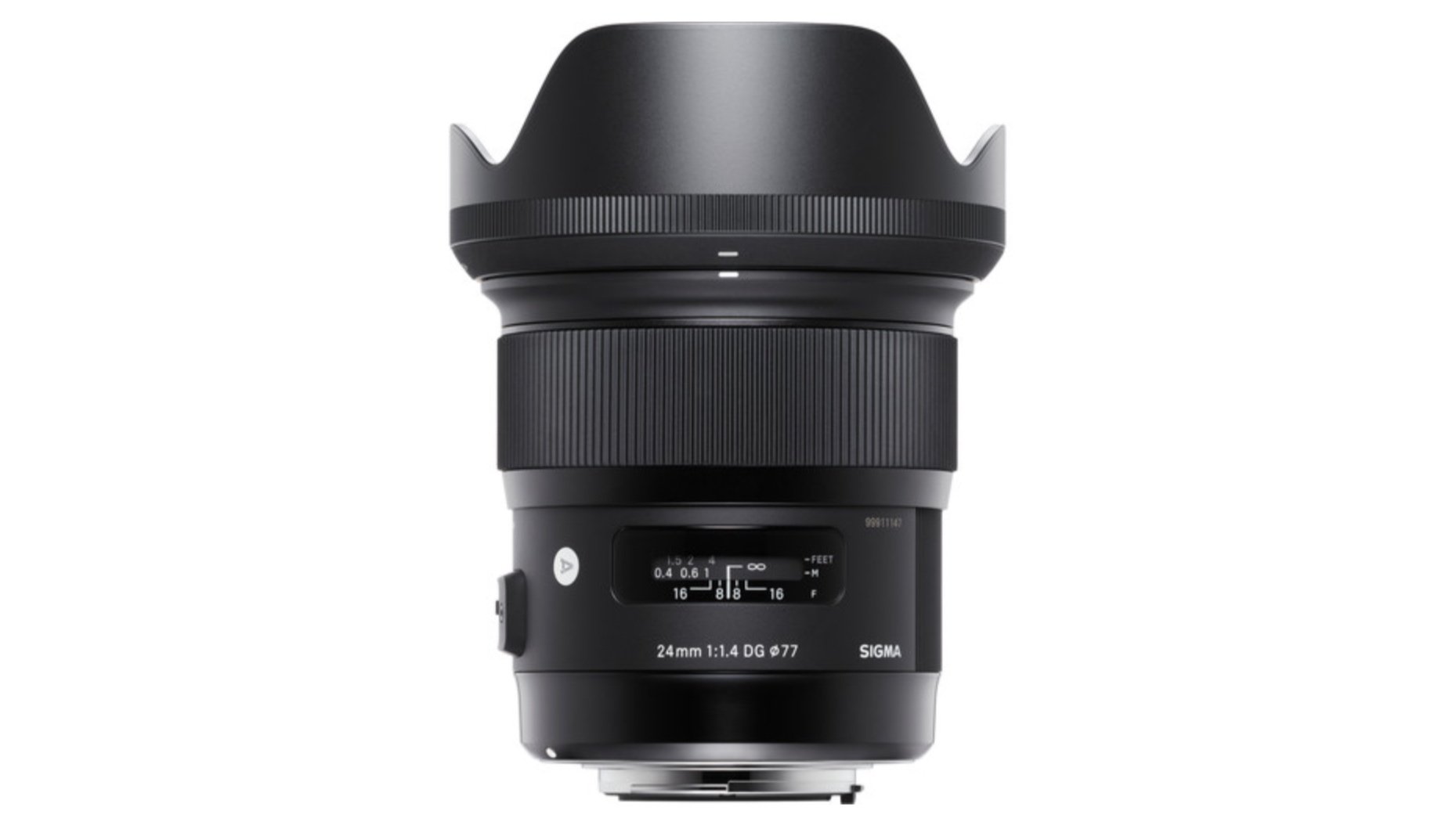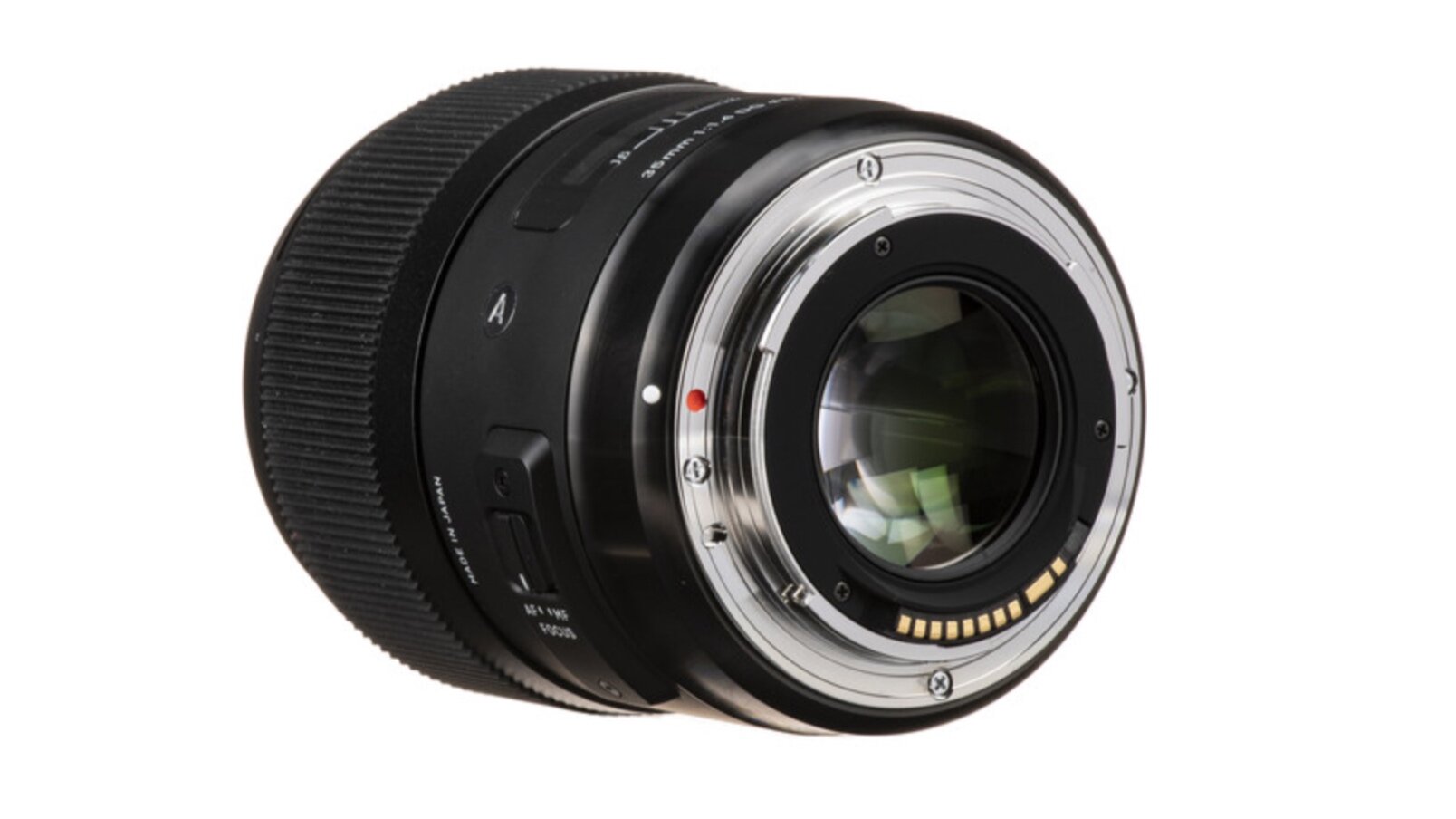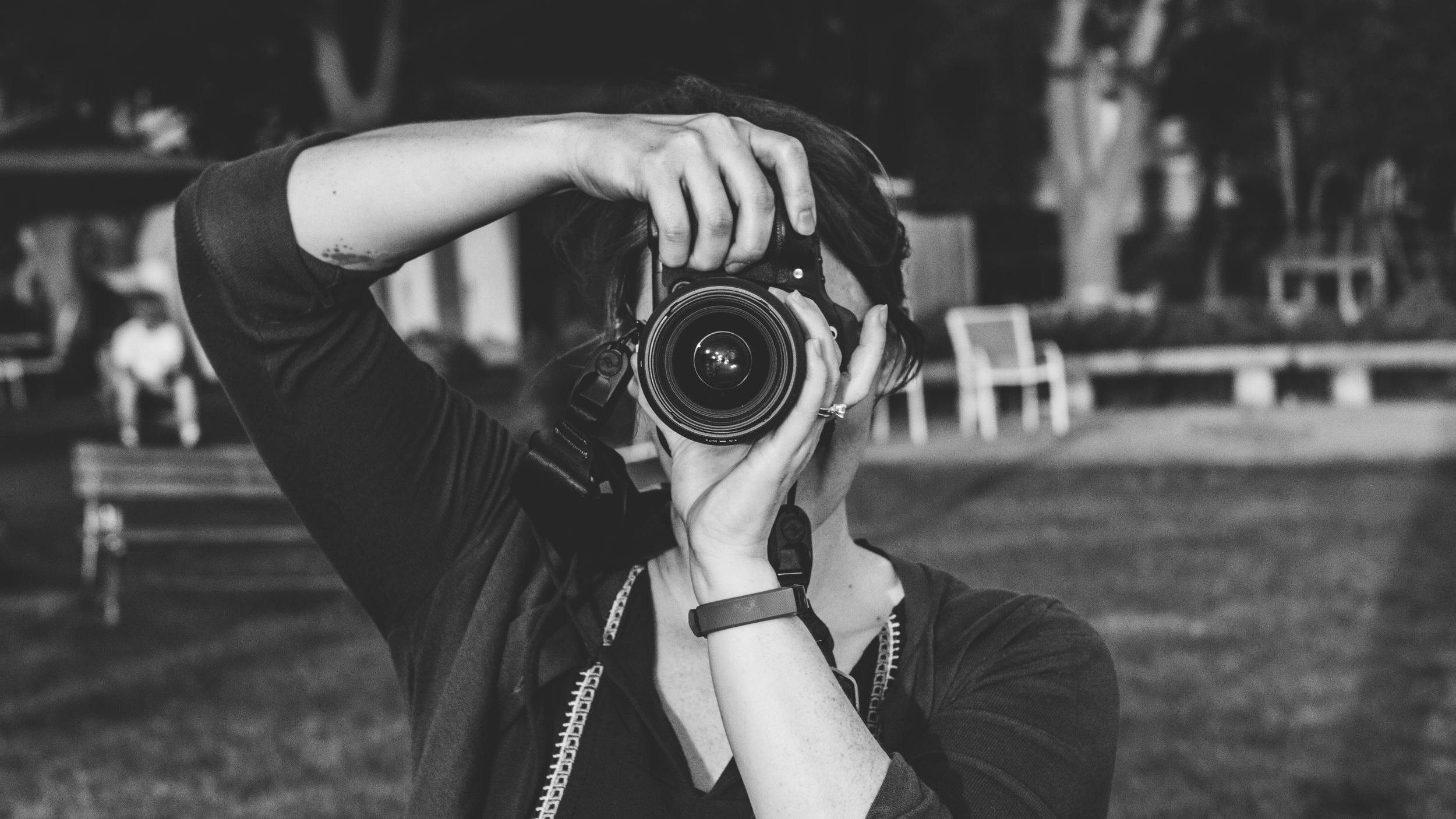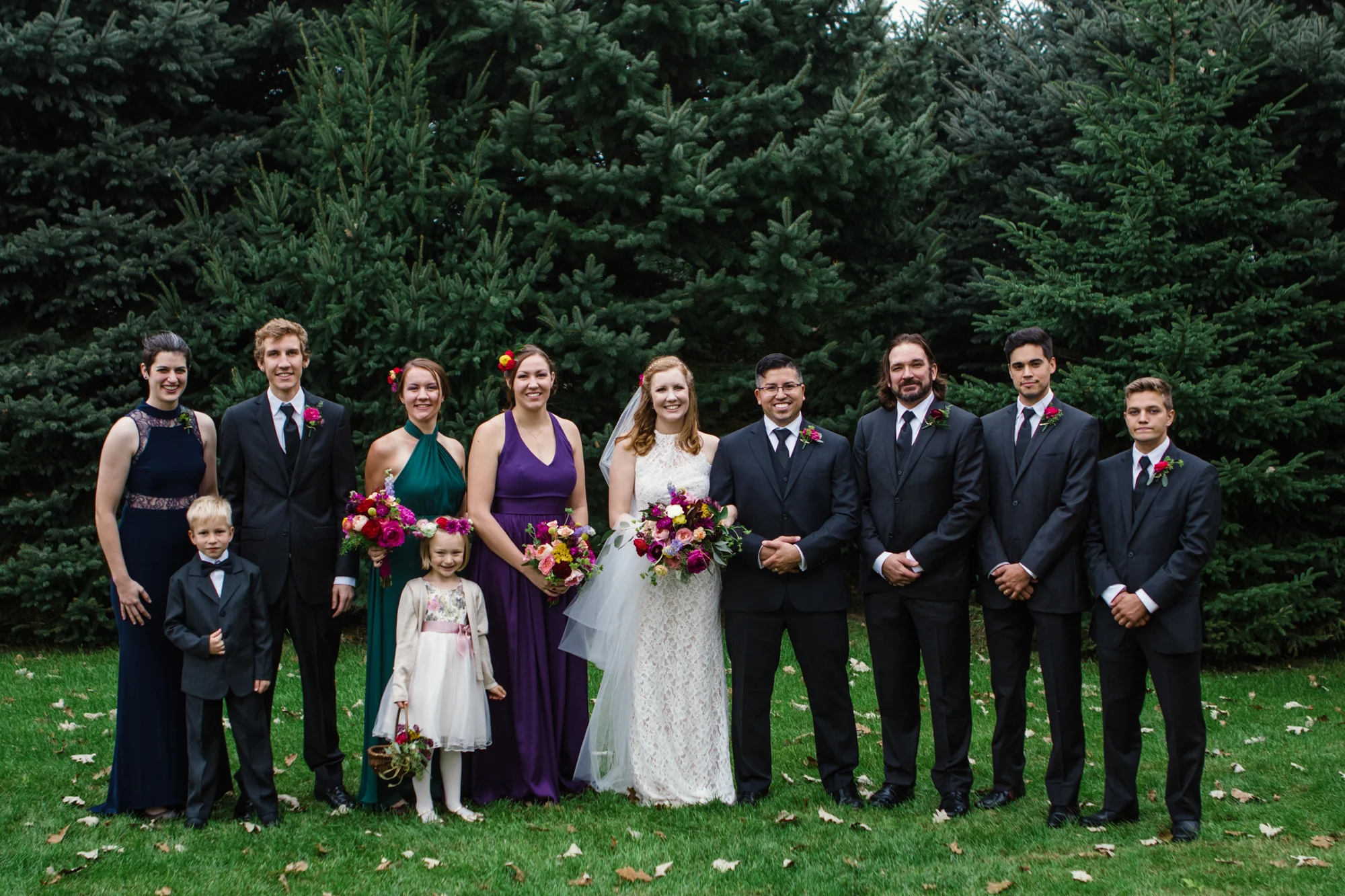So you want to get into photography, but aren't sure where to start...
We've been there, believe me! It can be intimidating to love something a ton, but not be 100% sure (or even 50% sure) how to get started! We've put together some tips for beginners that will give you a great jumping off point!
Tip # 1: Getting Started with Equipment
Our philosophy on photography equipment for beginners is largely that you should focus on practicing with what you have, rather than falling into the trap of thinking better equipment will automatically make you a better photographer (spoiler alert: it won't). That being said, there are some things to think about when it comes to what equipment you might need, and some questions to ask yourself.
Are you a Nikon or a Canon person?
Not sure? That's okay! They're both wonderful! We happen to use Canon, so this post will largely feature Canon recommendations, but both have great starter options! B&H Photo, Amazon, and Best Buy all have periodic sales and specials to look out for when it comes to getting started with a DSLR (Digital Single-Lens Reflex) camera! B&H Photo is also a reputable source for used camera equipment, including DSLRs.
Starter DSLRs for Canon Users: The Canon SL3 / EOS 250D / EOS 200D and up
Starter DLSRs for Nikon Users: The Nikon D3500 and up
Will you be photographing people, landscapes, or close-up macros (flowers, bugs, tiny things, etc.) or a mix of things?
The answer to this question will determine which type of lens could be right for you.
For People and Portrait Photography: A 50mm 1.8f lens is a GREAT portrait lens, does well in lower light, and is an affordable prime lens (prime lenses do not zoom, except the old-fashioned way, which involves you moving closer or further away from your subject).
For Landscape Photography: A wide angle lens is going to work best, generally anything 24mm or wider, with a 2.8f or lower capability.
For Macro/Close-Up Photography: A 60mm or 65mm 2.8f macro lens is a great introduction to macro/close-up photography! I would definitely recommend going used on this one, from a reputable source, such as B&H Photo, and if you're purchasing the Canon 60mm 2.8f macro lens, please note that this lens is only compatible with Canon's crop-sensor camera bodies, and is not compatible with full-frame canon cameras (such as the 1D, 5D, or 6D).
For Mixed-Use Photography: Just can't decide between what type of photography you like? Something like a prime lens 35mm or a zoom lens that can maintain a consistent fstop (aperture) throughout the zoom are great 'all-around' options! We would generally recommend avoiding zoom lenses where the aperture changes depending on how far in or out you are zoomed.
Will you be primarily photographing indoors or outdoors?
This will determine if you might need to invest in something like a simple speed-lite or can go without. If you're primarily photographing outdoors, don't worry about off-camera flash for now! If you're primarily photographing indoors, a small speed-lite flash that you can use to bounce flash off of ceilings, and maybe a diffuser could be a good investment. Godox is a great brand for speedlites and the batteries are rechargeable lithium ion batters!
What is your equipment budget?
If you're a beginner, it may be on the smaller side, and that's okay. What that means is you'll want the best lens for your intended use that fits within your budget. We do not recommend going into debt for your photography equipment. A great way to save is to purchase used equipment from reputable sources. It's a win/win! You can potentially afford "nicer" gear for less money by buying used. A great source for used equipment is the used section at B&H Photo! Check it out here.
Once you know the answers to these questions, you'll be well on your way to determining what gear you need to get started, and how to budget accordingly. Just remember, just like buying a guitar doesn't make you a great musician, buying all the great gear in the world doesn't make you a photographer if you don't put in the hours and work necessary to hone your craft. There are no shortcuts with art, just passion.
Tip # 2: Getting Started with Editing
Hey, we get it, editing software is not cheap, and a lot of it, even the professional stuff, isn't all that user-friendly. But editing is a great way to really make your images stand out, and to take your photography to the next level. Our first tip for editing greatness? Shoot in RAW! Then, if you can swing it, Adobe's Creative Cloud offers a subscription that includes Photoshop (not particularly user-friendly if I'm being honest) and Lightroom (freaking amazing, super biased) for under $11 a month. This is a great deal, but it is a subscription model, so if you aren't ready to commit to another monthly bill, then check out free RAW editing software, such as Darktable, which is a great, and free opensource alternative. Last editing-related tip; Try not to go too nuts on filters (But if you do, it's okay. We've all done it).
Tip # 3: Getting Started with Community
Since we recently did a post on how to connect with other creatives (check it out here), I won't reinvent the wheel here, but suffice it to say that it's easier to stay engaged and enthusiastic about your craft if you've got a good creative community around you! Word of caution though, comparison is the thief of joy, so definitely do surround yourself with an awesome creative community and definitely don't do too much comparison, lest you accidentally discourage yourself.
Tip # 4: Getting Started with PRACTICE!
Okay, so, this isn't a sexy tip. I get it. I, too, want to be an awesome rock star without practicing. BUT... That's not how reality works. Or dreams, that's also not how dreams work. And the truth is that you don't get better at something without practicing, and as I mentioned above, having the best gear in the world doesn't mean anything at all if you're not using it. Having the best editing software in the world doesn't matter if you're not figuring out how to use it and experimenting with it, and having a love of photography without actually taking photos makes you a fan (which is also cool), not a photographer. If you want to be a photographer, go photograph stuff. Seriously, it's that simple. Photograph things every day. Find beauty in the overlooked. Figure out what you most love to take photos of, and take more of those kinds of photos. Figure out what scares you to take photos of, and then take more of those kinds of photos. Take photos of EVERYTHING, and then take some more. You got this!
Hopefully that gives you a good place to start! These tips are (obviously) not all-inclusive, but stay tuned because we are working on a 'leveling up' version of this post to talk through next steps once you've worked on the items above, and if there is anything at all that you'd love to see us write a future post about, please email us at robandsamphoto@gmail.com and let us know!
--Sam





































































